Just In
- 5 min ago

- 8 hrs ago

- 9 hrs ago

- 10 hrs ago

Don't Miss
- Finance
 SBI, BoB, Canara: 5 PSU Bank Stocks To Buy, Motilal Top Picks; 1 To Split In 5 Shares For First Time Soon
SBI, BoB, Canara: 5 PSU Bank Stocks To Buy, Motilal Top Picks; 1 To Split In 5 Shares For First Time Soon - News
 Where Is Nitish Kumar? Why Is BJP Not Inviting Him To Lok Sabha Election Rallies: Tejashwi Yadav
Where Is Nitish Kumar? Why Is BJP Not Inviting Him To Lok Sabha Election Rallies: Tejashwi Yadav - Sports
 T20 World Cup 2024: Did Sunil Narine Hint A U-Turn From International Retirement Two Days After Saying No?
T20 World Cup 2024: Did Sunil Narine Hint A U-Turn From International Retirement Two Days After Saying No? - Movies
 EXCLUSIVE Interview! Alankrita Sahai On Journey From Beauty Pageant Winner To Films, Nepotism In Bollywood
EXCLUSIVE Interview! Alankrita Sahai On Journey From Beauty Pageant Winner To Films, Nepotism In Bollywood - Education
 UPSC CDS 1 Exam on 21 April 2024
UPSC CDS 1 Exam on 21 April 2024 - Automobiles
 Jeep Compass Gets More Powerful 268.3bhp Turbo Petrol Engine – Check Out All The Details Here
Jeep Compass Gets More Powerful 268.3bhp Turbo Petrol Engine – Check Out All The Details Here - Technology
 Redmi Pad SE With 90Hz Display Launching on April 23 in India; Could Be Priced for Less Than Rs 20,000
Redmi Pad SE With 90Hz Display Launching on April 23 in India; Could Be Priced for Less Than Rs 20,000 - Travel
 From Coconut Breaking on Head to Men Dressing as Women: 12 Unique Indian Rituals Explored
From Coconut Breaking on Head to Men Dressing as Women: 12 Unique Indian Rituals Explored
Independence Day 2023: 28 Indian Freedom Fighters Names List With Photo

The 200-year-old struggle for freedom, 77 years back and the selfless sacrifice of Indian revolutionaries, freedom fighters, and activists have been immortalized in the minds of every Indian. Endless movements, and fierce slogans for an Independent India freed this country from British domination. On Independence Day, we have curated 28 freedom fighters and unsung heroes who ensured India's independence but some of their names have faded in the pages of history.
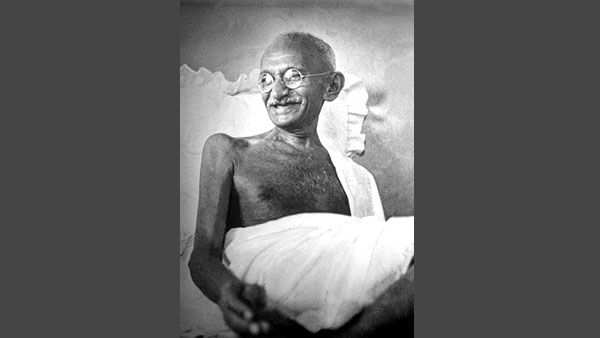
1.Mahatma Gandhi
Popularly known as the ‘Father of Nation' Mohandas Karamchand Gandhi was born on 2 October, 1869 in Porbandar. Due to his work as a lawyer, politician, writer and a social activist he is called Mahatma Gandhi, which means ‘Great Soul'. Leader of the nationalist movement against British Raj in India, Gandhi is known for his non-violent protest (Satyagraha). He studied Law in London and then travelled to South Africa for practice. It was there he witnessed racial discrimination against Indians and that inspired him to fight for human rights. Soon, Gandhi joined the freedom fight in India against oppressive British rule. To relieve tax on salt he initiated the Dandi March (Salt March) on his bare foot. He joined several other freedom movements that gave India liberty and freedom. He was assassinated on 30 January 1948 in New Delhi.
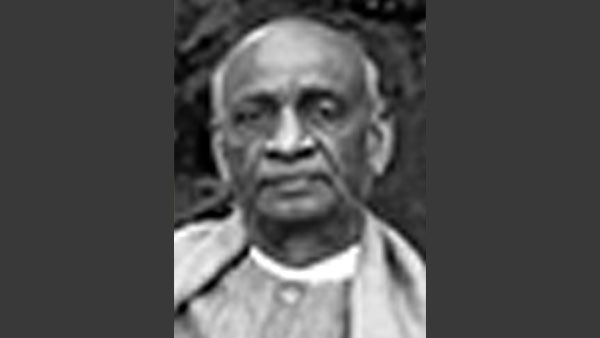
2. SardarVallabhbhai Patel
Vallabhbhai Jhaverbhai Patel, lovingly called as Sardar Vallabhbhai Patel is known for his brave endeavours and his heroic contribution in Bardoli Satyagraha. Born on 31 October 11875 in Nadia, he is regarded as ‘the iron man of India'. In 1928, he successfully led the landowners of Bardoli in their resistance against increased taxes. Due to his extraordinary leadership qualities, he was titled as ‘Sardar' (leader). Sardar passed the district pleader's examination and that enabled him to practice law in India. He withdrew from his profession and joined the freedom fight. He became the Deputy PM of India after the independence. He died on 15 December, 1950 in Bombay (now Mumbai).

3. Jawaharlal Nehru
Jawaharlal Nehru was born to a family of Kashmiri Brahmans, and he was the only son of Motilal Nehru and SwaruP Rani. Born on 14 November, 1889 in Allahabad, he migrated to Delhi early in the 18th century. He was also one of the principal leaders of India's independence movement in the 1930s and '40s and was known for his neutralist policies in foreign affairs. Originally a barrister, he became a popular politician and freedom fighter. Soon, he joined the freedom struggle and became the President of Indian National Congress. Because of his love for children, he was known as ‘Chacha Nehru'. Therefore, every year Children's Day is celebrated on his birthday. Nehru became independent India's first Prime Minister on 15 August 1947. He passed away on 27 May 1964.

4. Subhash Chandra Bose
Netaji Subhas Chandra Bose was a prominent Indian revolutionary and was born in Cuttack, Orissa on 23 January, 1897. It was the Jallianwala Bagh Massacre that shook him and forced him to return from England to India in 1921. During World War II, he led Indian National Army (INA) from abroad against the Western powers and formed the Azad Hind Government as well. He also joined Indian National Congress and was a part of the Civil Disobedience Movement. A contemporary of Mahatma Gandhi, he was known for his extraordinary militant approach to independence. How he died is still a mystery but many believe that he passed away on 18 August, 1945 in Taipei, Taiwan.
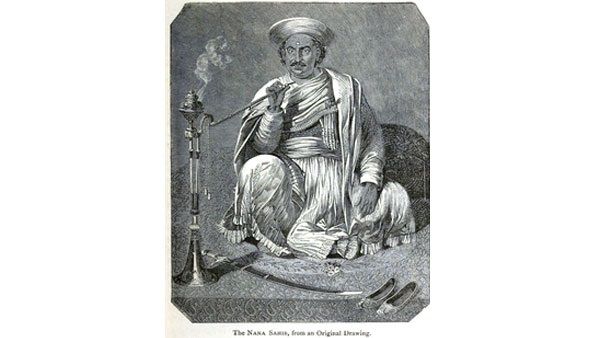
5. Nana Sahib
Fierce and audacious, Nana Sahib was born on 19 May 1824 in Bithoor. He was adopted by the last Maratha peshwa (ruler), he was educated as a Hindu nobleman. He took an active part in the 1857 uprising and became Victorian Britain's most hated foreign enemy in the Cawnpore massacres. A skilled administrator, he prepared and led thousands of Indian soldiers. He was defeated by General Henry Havelock and in December 1857 by Sir Colin Campbell, he appointed a nephew, Rao Sahib to give orders to Tantia Tope. He was driven into the Nepal hills in Naimisha Forest in 1859, where is thought to have died.

6. Lal Bahadur Shastri
Lal Bahadur Shastri was born on 2 October 1904 in Mughalsarai, and he was a member of Mahatma Gandhi's non-cooperation movement against British Rule in India. In 1921 he was imprisoned for a short time and after his release he studied in the Kashi Vidyapith, where he got the title of ‘Shastri), which means ‘learned in the scriptures'. Imprisoned numerous times after that, he was placed in influential positions in the Congress Party of the state of the United Provinces, now Uttar Pradesh state). After Jawaharlal Nehru, he became the Prime Minister of India (1964-1966). He died on 11 January, 1966.
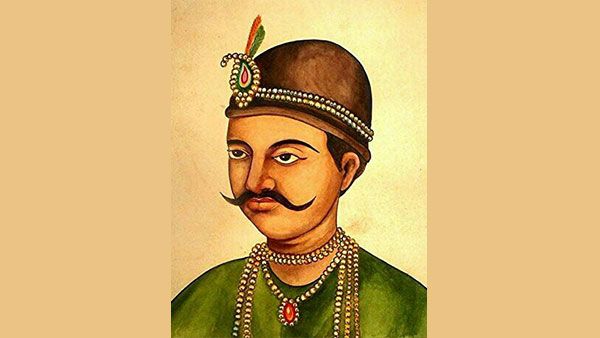
7. Tantia Tope
Born in Yeola in 1814, Ramachandra Panduranga Tope, popularly known as Tantia Tope is India's one of the greatest rebels' generals. A leader of the Indian Mutiny of 1857-58 although he had no formal military training. A Maratha Brahman, he was in the service of the former ruler (Peshwa) of Maratha confederacy Baji Rao and of his adopted son Nana Sahib. In early November 1857, he took the command of the rebel forces of the state of Gwalior and drove General CA Windham into his entrenchments at Kanpur. Also, in March 1858, he helped Queen of Jhansi, Rani Lakshmi Bai who was besieged by the British troops. He was tried and executed on 18 April 1859 in Shivpuri.

8. Kunwar Singh
Born in Jagdishpur in November 1777, Babu Veer Kunwar Singh was a prominent leader during the Indian Revolt of 1857. He hailed from a royal Ujjainiya (Panwar) Rajput house of Jagdispur, currently a part of Bhojpur district, Bihar. Deceptive and clever, at the age of 80, he led a band of armed soldiers against the troops under the command of the British East India Company using guerrilla warfare tactics. On 23 April 1858, in his last battle, near Jagdishpur, the British Troops were completely routed. He brought down the Union Jack from Jagdishpur Fort and hoisted his flag. He then returned to his palace on the same day and died soon on 26 April 1858.
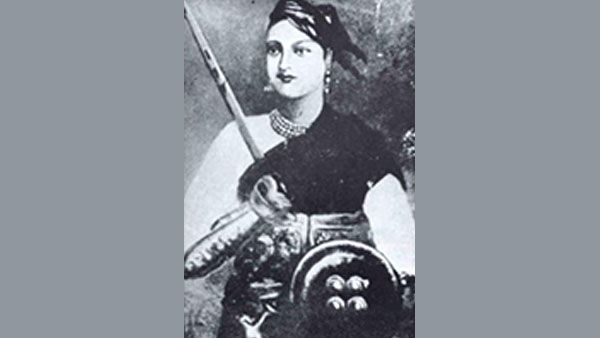
9. Rani Lakshmi Bai
Rani Lakhsmi Bai, the Queen of Jhansi was Born on 19 November 1828 in Kashi as Manikarnika Tambe, she was affectionately addressed as ‘Manu'. Her father was Moropant Tambe, who used to work with Peshwa Saheb of Bithur. He named Manu ‘Chhabili'. She was proficient in horse riding and using weapons from her childhood as she was under the guidance of Nana Saheb and Tantia Tope. In 1842, Lakshmibai was married to Raja Gangadhar Rao, the King of Jhansi but he passed away a few years later. Also, in September 1851, she gave birth to a boy, later named Damodar Rao, who died four months after birth. British wanted to annex the princely state by imposing the ‘Doctrine of Lapse'. In 1858, she bravely defended her place of Jhansi when British force led by Sir Hugh Rose. Due to this, in March 1858, a fierce battle was fought and she died on 18 June 1858 while fighting the British troops near Gwalior.

10. Sukhdev Thapar
A valiant revolutionary and an important member of Hindustan Socialist Republican Association, Sukhdev Thapar was born on 15 May, 1907 in Ludhiana and he was a close associate of Bhagat Singh and Shivram Rajguru. He also organised revolutionary cells in Punjab and other areas of North India. He was involved in killing a British officer John Saunders. In New Delhi, after the Central Assembly Hall bombings, Sukhdev along with his accomplices were arrestedand convicted of their crime, and as a verdict they faced death sentence. At the age of 24, he was martyred along with Bhagat Singh and Shivaram Rajguru in Lahore, (present-day Punjab, Pakistan) on 23 March 1931.

11. Bal Gangadhar Tilak
Keshav Gangadhar Tilak was popularly known as Bal Gangadhar Tilak on 23 July 856, Chikhali. He was conferred with the title of Lokmanya which means ‘accepted by the people as a leader'. Called as ‘The father of the Indian unrest', he became a popular leader as he led the Non-Cooperation Movement and Punjab Protest against the Jallianwala Bagh Massacre in 1920. One of the strong advocates of freedom, he said ‘Swarajya is my birthright and I shall have it". He published two rebellious newspapers, Kesari and Maratha and was probably one of the first political leaders in modern India to appreciate the importance of identity issues. He died on 1 August, 1920 in Mumbai.
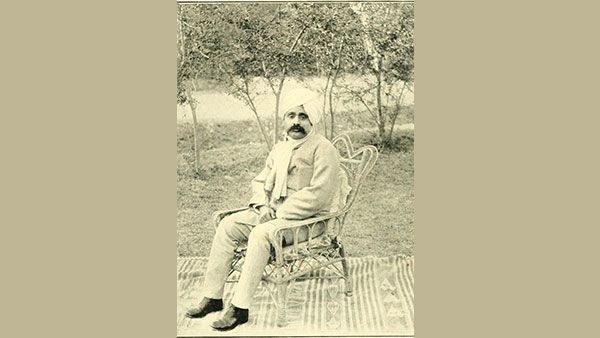
12. LalaLajpat Rai
One of the greatest freedom fighters of India, Lala Lajpat Rai was born on 28th January, 1865 in a small village named Dhudike in Punjab's Ferozepur district. He was also called ‘Punjab Kesari' and ‘Lion of Punjab'. Influenced by Swami Dayananda Saraswati, he joined Arya Samaj in Lahore. Along with Bipin Chandra Pal and Bal Gangadhar Tilak, he formed a trio of extremist leaders- Lal-Bal-Pal. He also fought against untouchability and believed in the establishment of a secular state. On 30 October, 1928 when the Simon Commission visited Lahore, he led a non-violent march in protest against it. He died from a brutal lathi charge by Britishers in a Simon Commission protest on 17 November in Lahore (present-day Punjab, Pakistan).
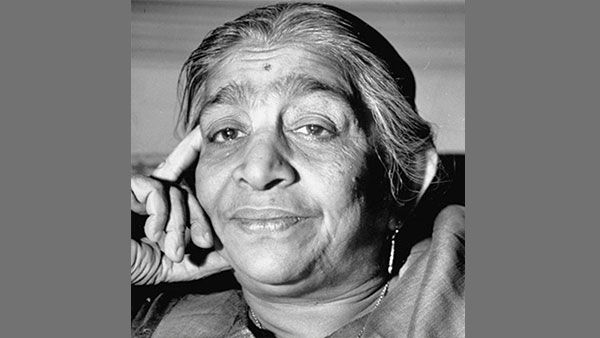
13. Sarojini Naidu
One of the famous freedom fighters, Sarojini Naidu was born on 13 February in a Bengali family in Hyderabad. A crusader for equality and a great orator, she is known as the poet of Modern India. It was after the Partition of Bengal in 1905, she met Gopal Krishna Gokhale and joined the freedom struggle. In 1916, she fought for the rights of farmers in Champaran, Bihar and was jailed for this by the British Government. Few years later, in 1925, she chaired the annual session of Indian National Congress at Kanpur. She was also actively involved in the Civil Disobedience Movement. She died in her office on 2 March 1949.
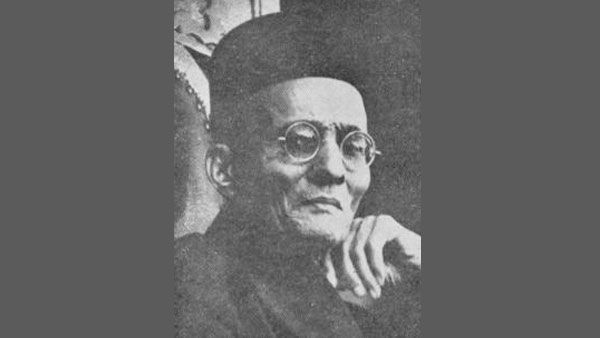
14. Vinayak Damodar Savarkar
Born on 28 May 1883 in Bhagur, Vinayak Damodar Savarkar is a Hindu and Indian nationalist and leading figure in the Hindu Mahasabha. Known as Veer or Vir, he used to instruct India revolutionaries in methods of sabotage and assassination which he and his associates have learned from expatriate Russian revolutionaries in Paris. During this period, he wrote The Indian War of Independence, 1857 in the year 1909. In March 1910, he was arrested on various charges and was transported to Andaman Islands for detention ‘for life'. He was brought back to India in 1921 and released from detention in 1924. He died on 26 February, 1966 in Bombay (now Mumbai).
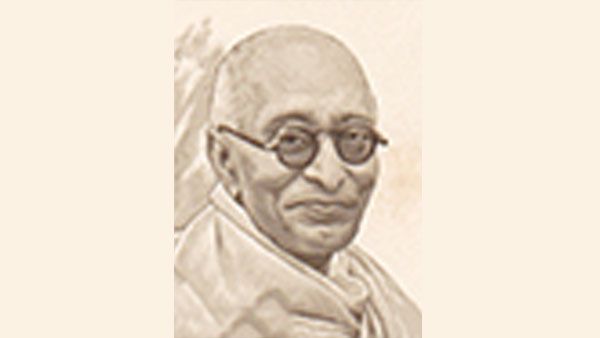
15. C. Rajagopalachari
A Bharat Ratna Awardee and one of the most influential leaders of India, C Rajagopalachari was born in Thorapalli on 10 December 1878. The Governor-General of India, he had served India during the freedom struggle. In 1916, he formed the Tamil Terms Society, an organisation which translated scientific terms of chemistry, physics, astronomy, mathematics and biology into simple Tamil words. To abolish untouchability and caste prejudice, he issued the Temple Entry Authorization and Indemnity Act in 11939 that allowed entry of Dalits and Shanars to temples. After India got independence, he was chosen to be the last Governor-General of India and his tenure lasted from 21 June in 1948 to 26 January in 1950. He was sworn in as the CM of Madras (now Chennai) on 10 April 1952. On 25 December 11972, he died in Chennai.
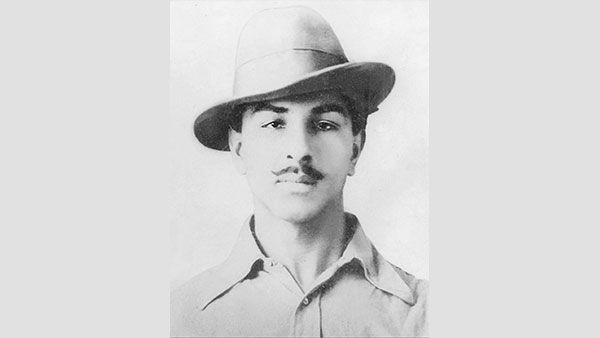
16. Bhagat Singh
Born in a Sikh family on 28 September 1907 in Banga (in Punjab province of Pakistan). He is one of the controversial and revolutionary fighters of India. In 1921, he joined the non-cooperation movement. To instill patriotism in the youth of Punjab, he formed the ‘Naujawan Bharat Sabha'. The Chauri Chaura incident took place on 4 February 1922 which changed him and made him extreme in his fight for independence. In 1929, Singh and his associate bombed the Central Legislative Assembly in Delhi to protest the application of the Public Safety Bill. Bhagat Singh had fasted for 116 days in jail. Bhagat Singh was found guilty of killing a British police officer and was hanged along with his associates on 23 March 1931 in Lahore Central Jail.

17. Dadabhai Naoroji
One of India's foremost intellectual celebrities, Dadabhai Naroji was born on 4 September 1825 in Navsari. By the end of this career, he was known as ‘the Grand Old Man of India'. He spent most of his life travelling and founded the Indian National Congress, Zoroastrian Trust Funds of Europe, National Congress, London Indian Society. A prominent activist, he joined the non-violence Independent movement. He became Britain's first Indian Member of Parliament (MP). Without a doubt, he has improved India's political destiny and he acted as catalyst in popularising Indian swaraj across the British empire and beyond. He died on 30 June 1917 in Mumbai.

18. Ram Prasad Bismil
A freedom fighter and a poet, Ram Prasad Bismil was born on 11 June 1897 in Shahjahanpur. One of the members of the Hindustan Republican Association with Sukhdev, and was also associated with Arya Samaj. Bismil, Ashfaqullah Khan along with his associates stopped a train at a town called Kakori on 9 August, 1925 and looted cash boxes of the British Government. This led to the arrest of more than 40 freedom fighters. He was arrested and sentenced to death due to the ‘Kakori Conspiracy'. He was hanged on 19 December, 1927 at the age of 30.
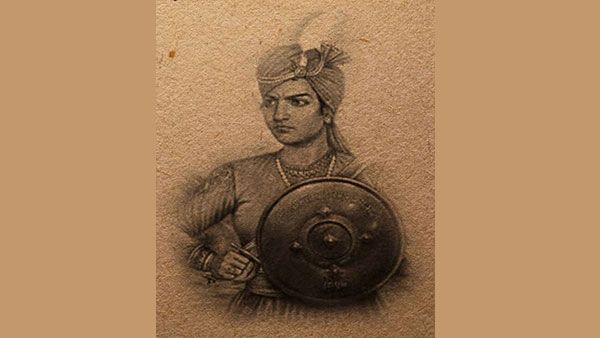
19. Jhalkari Bai
A legendary Dalit woman warrior, Jhalkari Bai played a crucial role during the battle of Jhansi in 1857. She was in the women's army of Rani Laxmi Bai of Jhansi. Born on 22 November 1830, she was the only daughter of her parents and belonged to the Kori caste. She grew up to become a soldier and later Laxmi Bai's trusted advisor. Remembered for her courage and sacrifice, she disguised herself as the queen and fought to let the queen escape safely from the fort. She died in 1858 in Gwalior.

20. Bipin Chandra Pal
A journalist by profession, Bipin Chandra Pal was born on 7 November 1858 at Poil Village in the Sylhet district of present day Bangladesh. The founder editor of Paridarshak, he was an important part of Indian nationist movement. In 1905, the Bengal partition shook him and British rulers faced the strongest resistance since 1857. He denounced the caste system and fought for gender equality. Also, he encouraged Indians to abandon foreign goods and participated in many revolutionary activities. In 1906, Pal started a daily called Vande Mataram and he had also set up Anushilan Samiti, a school. He didn't believe in non-violent and mild protests like Non-Cooperation with the British Government. He died in Calcutta on 20 May, 1932.

21. Chandra Shekhar Azad
Born as Chandrasekhar Tiwari on 23 July, 1906 in Bhabra, this Indian revolutionary organized and led a band of militant youth during India's freedom movement. Popularly known as Chandrasekhar Azad, he was disappointed when several policemen were murdered at Chauri Chaura. He joined the radical Hindustan Republican Association (HRA) and also participated in several violent crimes, including the Kakori Conspiracy in 1925 and the revenge killing of a British police officer (1928). Azad arranged to meet a revolutionary on 27 February 1931 at Alfred Park (now Chandra Shekhar Azad Park) at Allahabad but he was betrayed to the police and during a gun battle, he was fatally shot.

22. Chittaranjan Das
Lawyer by profession, Chittaranjan Das was born on 5 November 1870 in Dhaka, Bangladesh. Popularly known as ‘Deshbandhu' (Friend of the Nation) he was the founder of Swaraj Party. When Aurobindo Gosh was charged with a crime by the British, he successfully defended him. He was the one to mentor Subhas Chandra Bose. He supported Gandhi's non-cooperation movement against British oppressive rule. He was imprisoned for six months as a political offender. In 1922, he became the president of the Indian National Congress and two years later, in 1924, he was elected the mayor of Calcutta (now Kolkata). He died on 116 June 1925 in Darjeeling.

23. Abdul Hafiz Mohamed Barakatullah
Born on 7 July, 1854 in Bhopal, Abdul Hafiz Mohamed Barakatullah has actively fought for India's freedom. He mastered 7 languages. Co-founder of Ghadar Party, he used to operate it from overseas from San Francisco. Barakatullah was seen attending meetings of the Muslim Patriotic League in England, in 1897. He made a pen his fighting weapon and published rebellious articles in England to ignite the idea of Independence. Even Pandit Jawaharlal Nehru was impressed with his thoughts and deeds. With his revolutionary speeches and fierce writing, he fought for India from foreign countries. He died on 20 September, 1927.
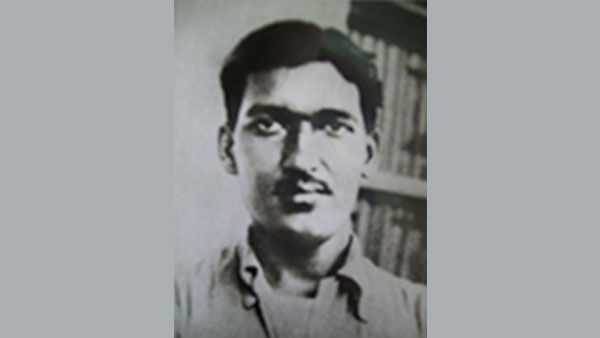
24. Ashfaqulla Khan
Ashfaqulla Khan was born on 22 October 1900 in Shahjahanpur. A fierce revolutionary, he sacrificed his life for his mother. A prominent member of Hindu Socialist Republican Association, he believed that only through armed revolution, freedom can be achieved. He along with his associates were part of the Kakori Conspiracy. While Bismil was arrested in September 1926, Khan was on the run. The trial for the case went on for about 1.5 years. He was arrested in Delhi and executed by the British on 19 December, 1927, Faizabad.

25. Begum Hazrat Mahal
Begum Hazrat Mahal was one of the few women who fought during the Revolt of 1857. Her maiden name was Muhammadi Khanum and she was born in Faizabad in 1820. She was married to Nawab Wajid Ali Shah, the last Nawab of Awadh. In 1856, Awadh was annexed by the British and the Nawab was sent to exile. Hazrat Mahal decided to stay back in Lucknow along with her son Birjis Qadir. After recapture of Lucknow by rebel forces led by Begum and her allies, she crowned her 11-year-old son as the ruler of Awadh. She ruled for 10 months but eventually the rebel forces were defeated and Begum took political asylum in Nepal. She rejected a life of privilege and comfort offered by the British and she died on 7 April in Kathmandu in 1879.

26. Kanaiyalal Maneklal Munshi
Born on 30 December 1887 in Bharuch, K.M. Munshi participated actively in India's freedom struggle. A lover of social reform and activism, especially in the areas of women's rights and caste prejudice. He participated in Bardoli Satyagraha, Salt Satyagraha and the Quit India movement. Further, he joined the Indian National Congress in 1916. Along with his legal practice, he also wrote historical fiction. He also functioned as the secretary of the Bombay Presidency Association. He was also arrested several times for his freedom protests. He started ‘Bhargava', a monthly journal in Gujrati in 1954 and also began the journal of Bhartiya Vidya Bhavan. Munshi died at the age of 83 on 8 February 1971, in Bombay (now Mumbai).
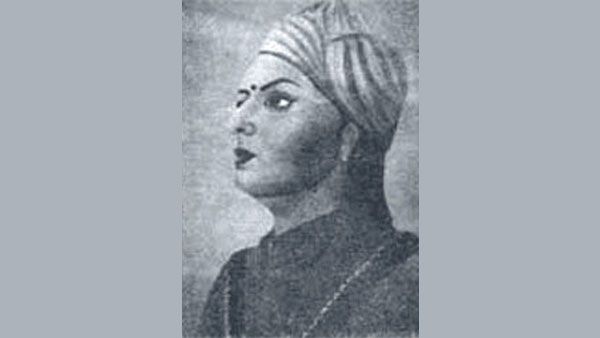
27. Uda Devi
Born in Ujriaon village in Awadh and is considered a fierce warrior. On seeing oppressive British Rule and rising anger of Indians, she reached out to Begum Hazrat Mahal to enlist for war, who helped her to form a women's battalion under Uda Devi's command. Uda Devi led her battalion into the Battle of Sikandar Bagh in 1857. She along with her Dalit sisters were known as Veeranginis of the 1857 Indian Rebellion against British East India Company. Her own death reportedly came when British troops shot down a sniper, later identified to be her. She died in Sikandar Bagh, Lucknow.
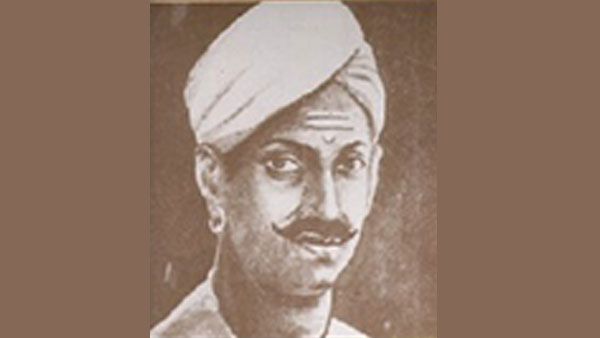
28. Mangal Pandey
Born on 19 July, 1827 in Nagwa, a town near Faizabad, he joined the army of the British East India Company in 1849. He was made a sepoy (soldier) in the 6th Company of the 34th Bengal Native Infantry, which included a large number of Brahmans. He was very ambitious. In mid-1850s, while he was posted in Barrackpore at the garrison, a new Enfield Rifle was introduced into India which required a soldier to bite off the ends of greased cartridges to load the weapon. Due to this a rumour spread that the ends of these cartridges were either made from pig or cow lard which was against the beliefs of Muslims and Hindus. He attacked British officers on 29 March 1857, and this major incident started Sepoy Mutiny in India, which is also known as the First War of Independence. He died on 8 April 1857 in Barrackpore.
On the occasion of Independence day, let's salute these brave Indian freedom fighters who laid their lives for our motherland.
-
 fashionIndependence Day 2023:Prime Minister Modi's Vibrant Rajasthani Turban
fashionIndependence Day 2023:Prime Minister Modi's Vibrant Rajasthani Turban -
 insyncIndependence Day 2023: Wishes, Greetings, Quotes, Images, Wallpaper, FB And WhatsApp Status
insyncIndependence Day 2023: Wishes, Greetings, Quotes, Images, Wallpaper, FB And WhatsApp Status -
 insyncIndependence Day 2023: Is It 76th Or 77th Independence Day? Know History, Theme And Significance
insyncIndependence Day 2023: Is It 76th Or 77th Independence Day? Know History, Theme And Significance -
 pulseIndependence Day Special: 7 Things The West Gets Wrong About India
pulseIndependence Day Special: 7 Things The West Gets Wrong About India -
 recipesDon’t Break Your Fitness Regimen This Independence Day: Try This Healthy Tricolour Sandwich
recipesDon’t Break Your Fitness Regimen This Independence Day: Try This Healthy Tricolour Sandwich -
 pulseIndependence Day 2022: How To Store And Fold The National Flag Of India
pulseIndependence Day 2022: How To Store And Fold The National Flag Of India -
 insyncHar Ghar Tiranga Campaign: Steps To Pin A Flag And Download The Certificate
insyncHar Ghar Tiranga Campaign: Steps To Pin A Flag And Download The Certificate -
 pulseIndependence Day 2022: Date, History, Significance, And Celebrations
pulseIndependence Day 2022: Date, History, Significance, And Celebrations -
 pulseHappy Independence Day 2022 Messages, Quotes, Wishes And WhatsApp Status To Share
pulseHappy Independence Day 2022 Messages, Quotes, Wishes And WhatsApp Status To Share -
 insyncIndependence Day 2023: National Song Of India 'Vande Mataram' Song Lyrics And Meaning In English
insyncIndependence Day 2023: National Song Of India 'Vande Mataram' Song Lyrics And Meaning In English -
 fashion trendsIndependence Day 2023: Invest In These 5 Awesome Handwoven Pants Outfits
fashion trendsIndependence Day 2023: Invest In These 5 Awesome Handwoven Pants Outfits -
 insyncIndependence Day 2022: National Anthem Of India 'Jana Gana Mana' Song Lyrics and Meaning in English
insyncIndependence Day 2022: National Anthem Of India 'Jana Gana Mana' Song Lyrics and Meaning in English


 Click it and Unblock the Notifications
Click it and Unblock the Notifications



